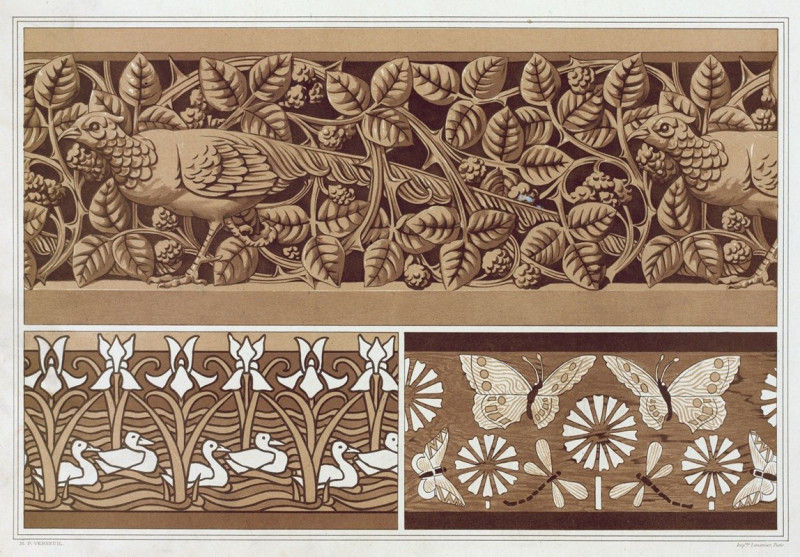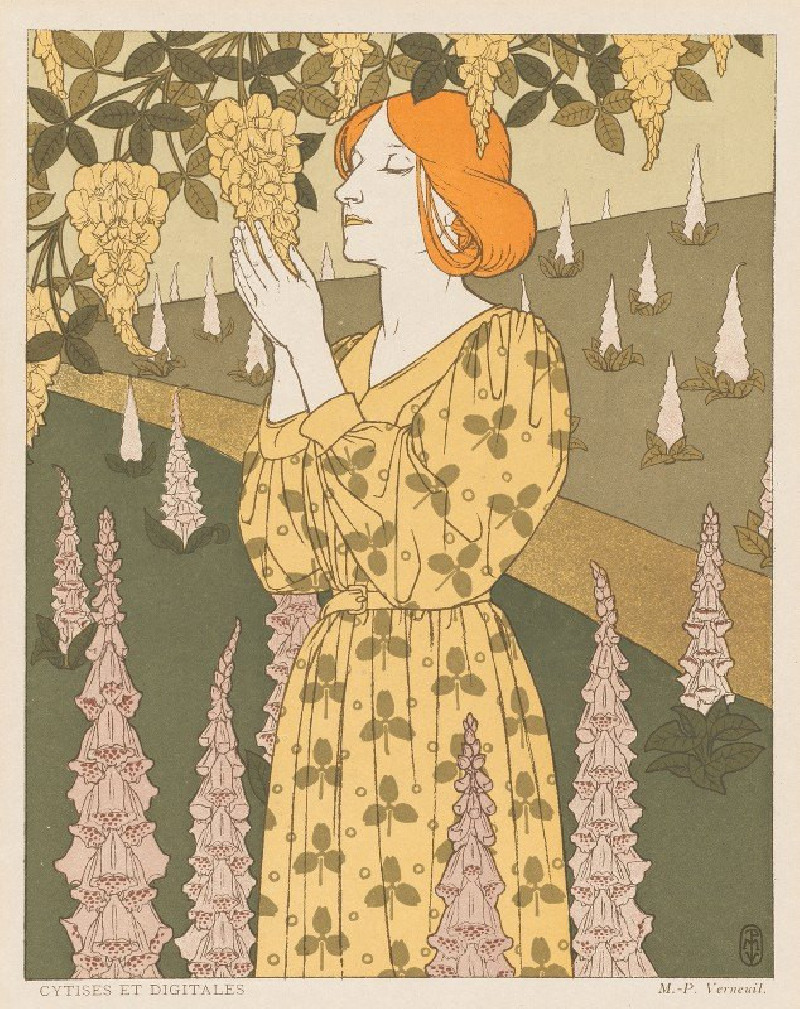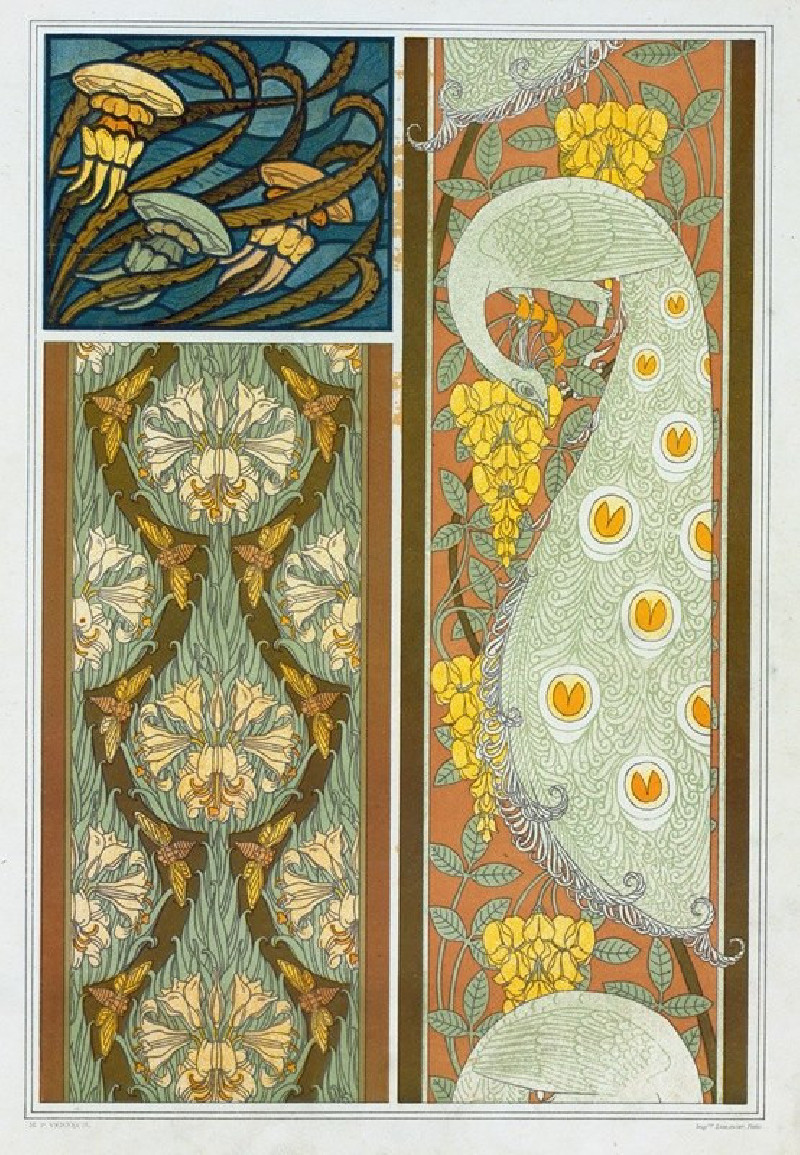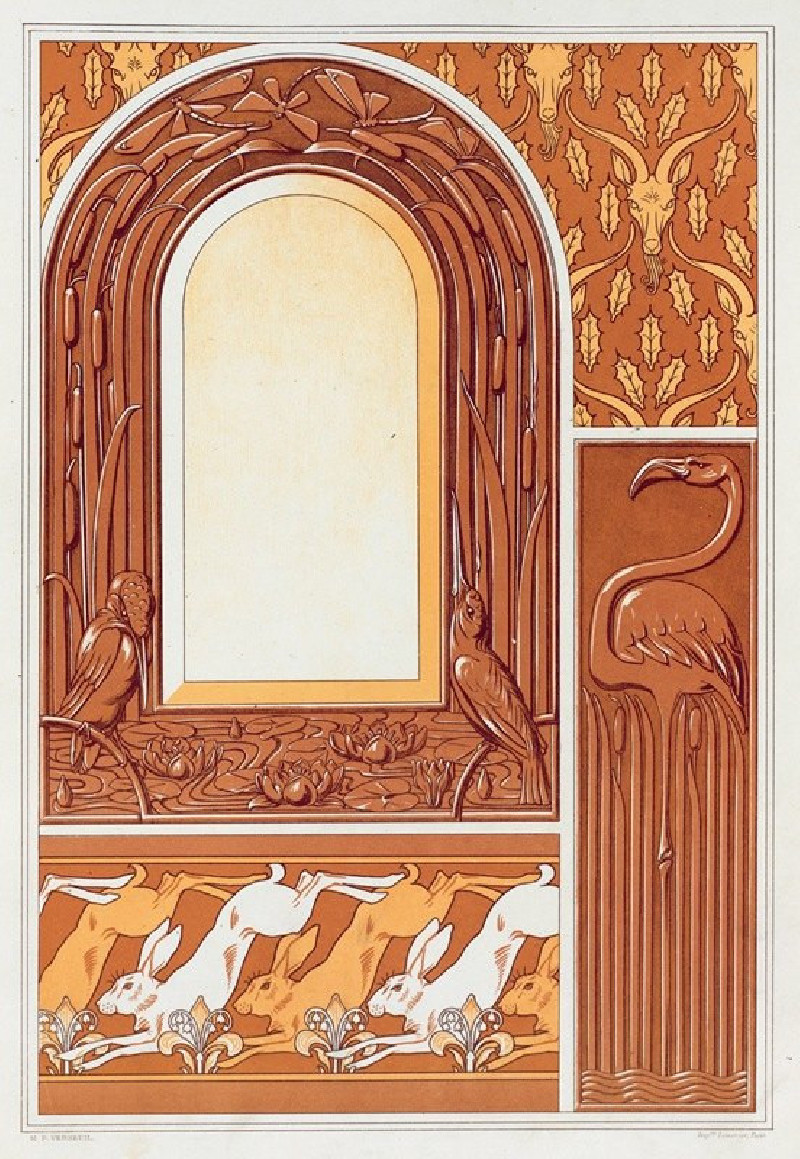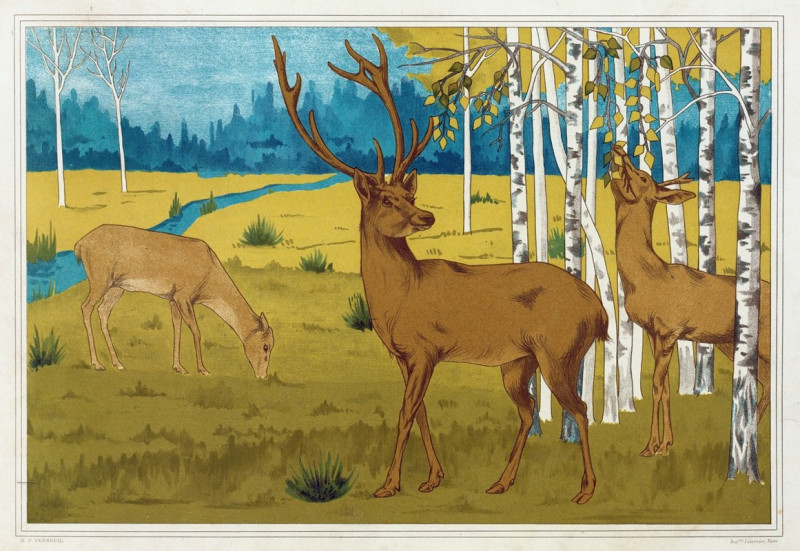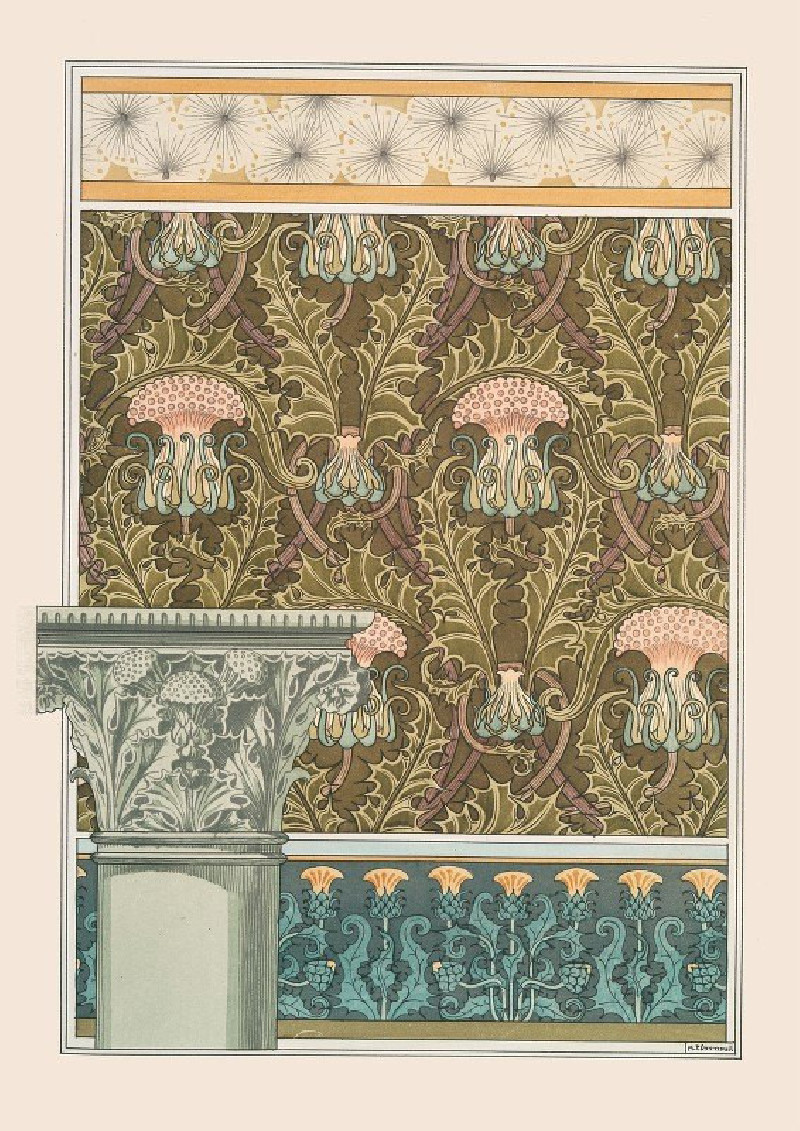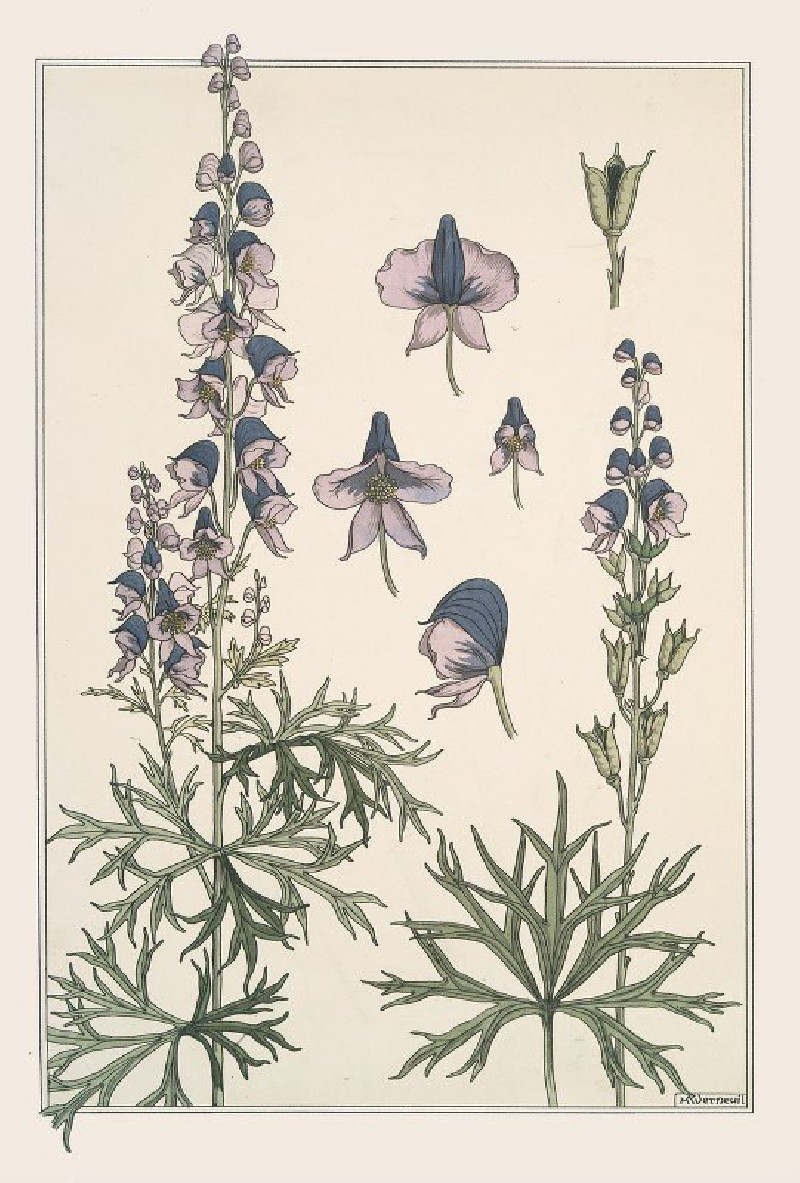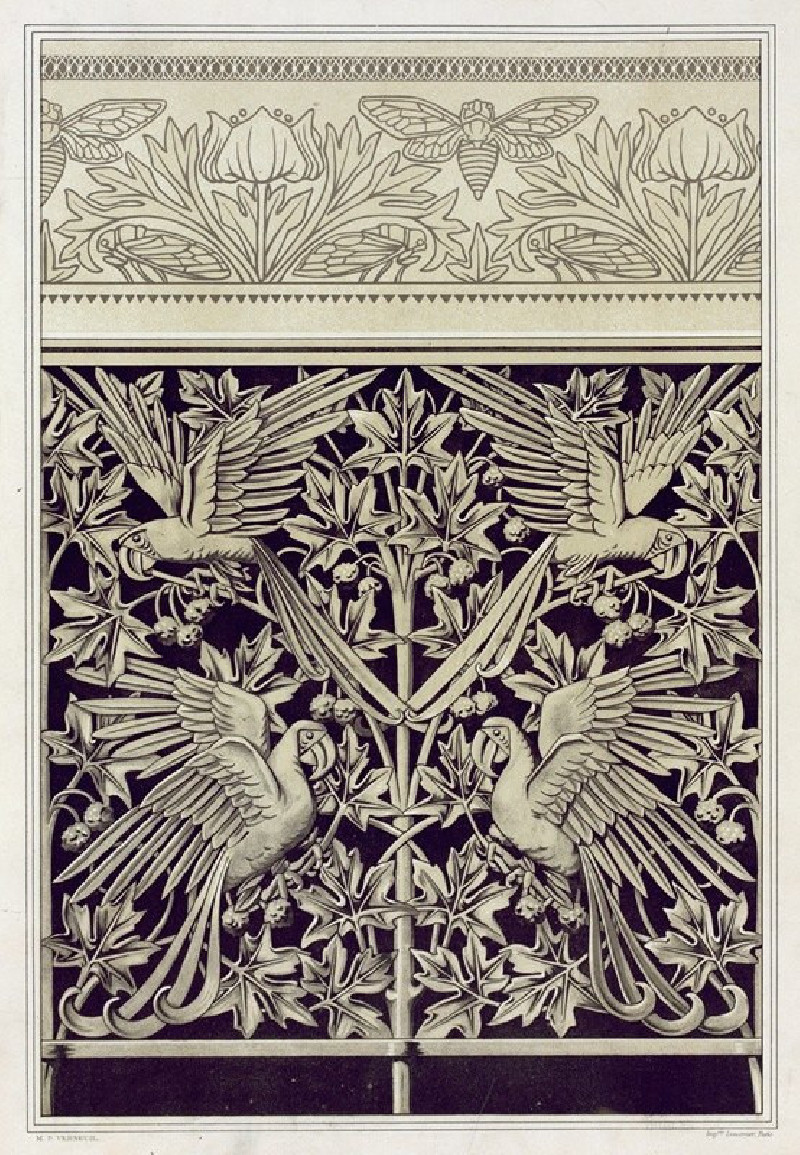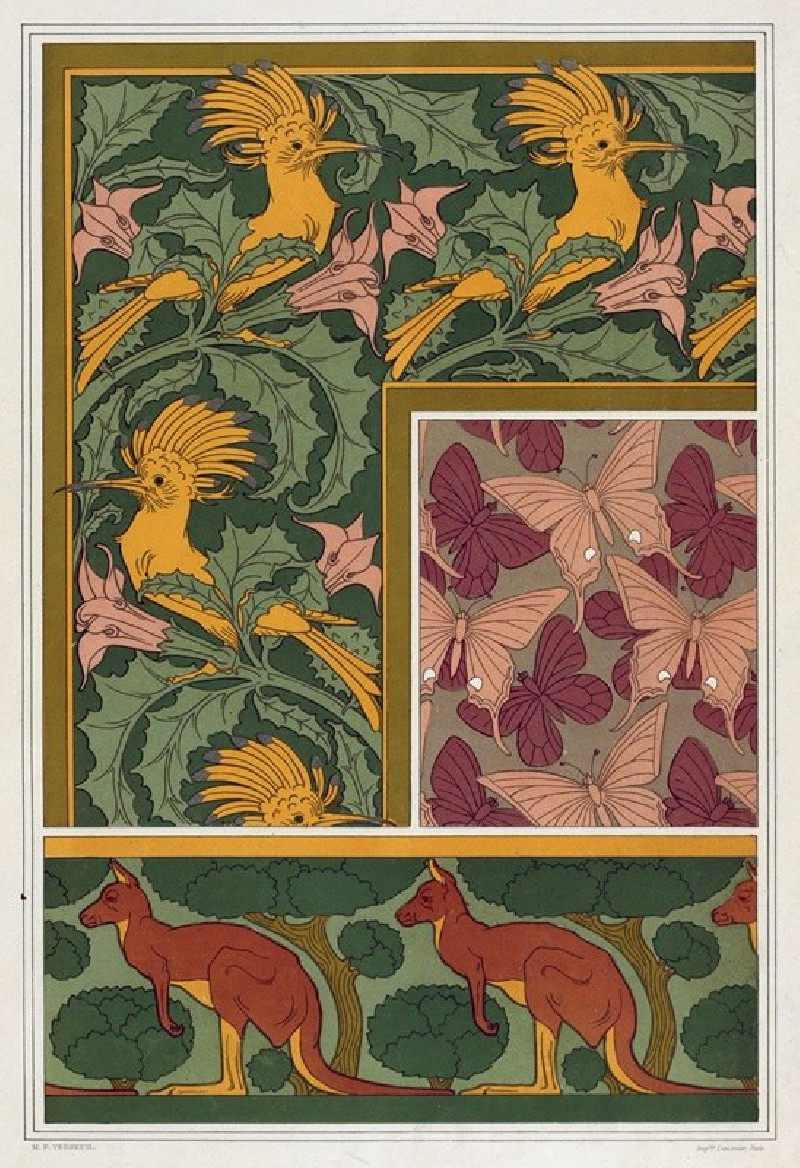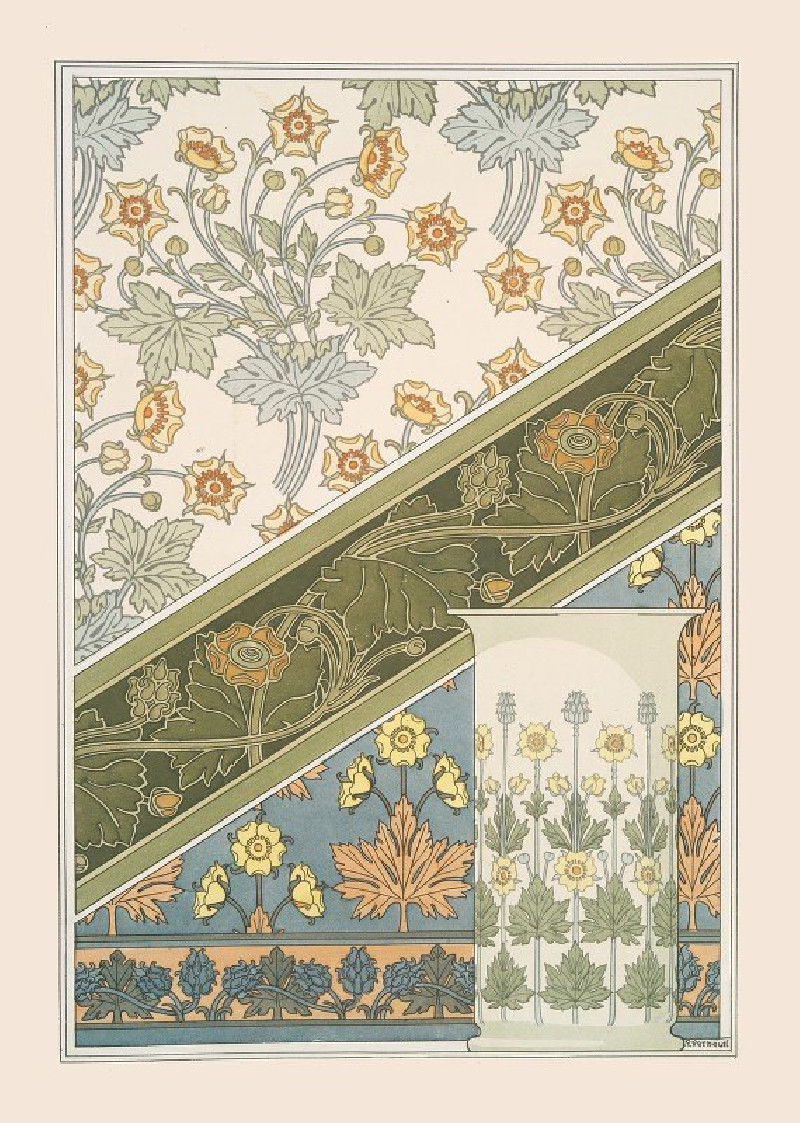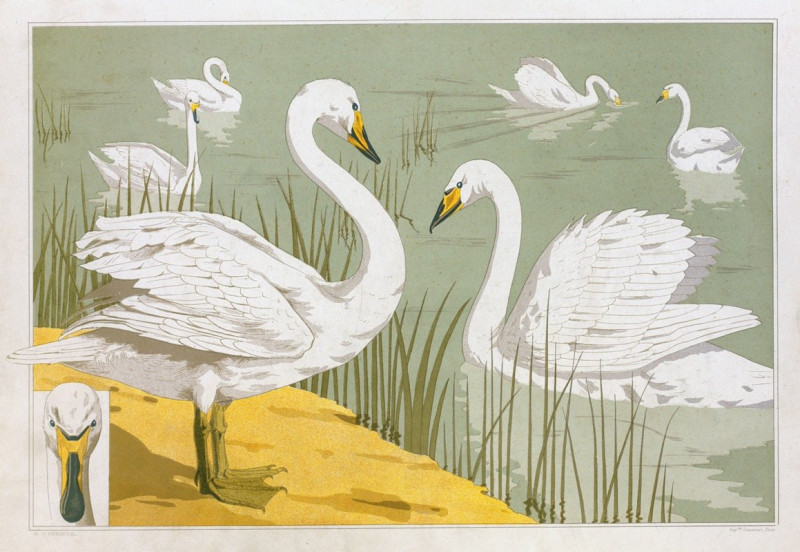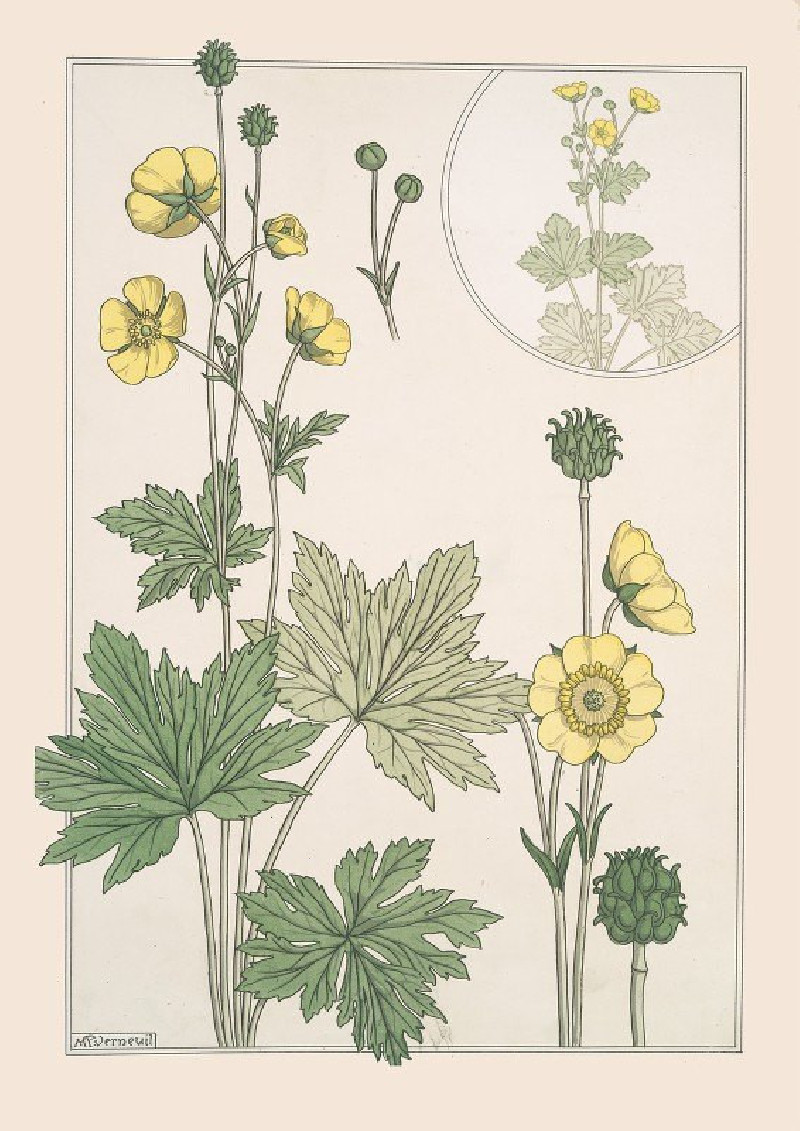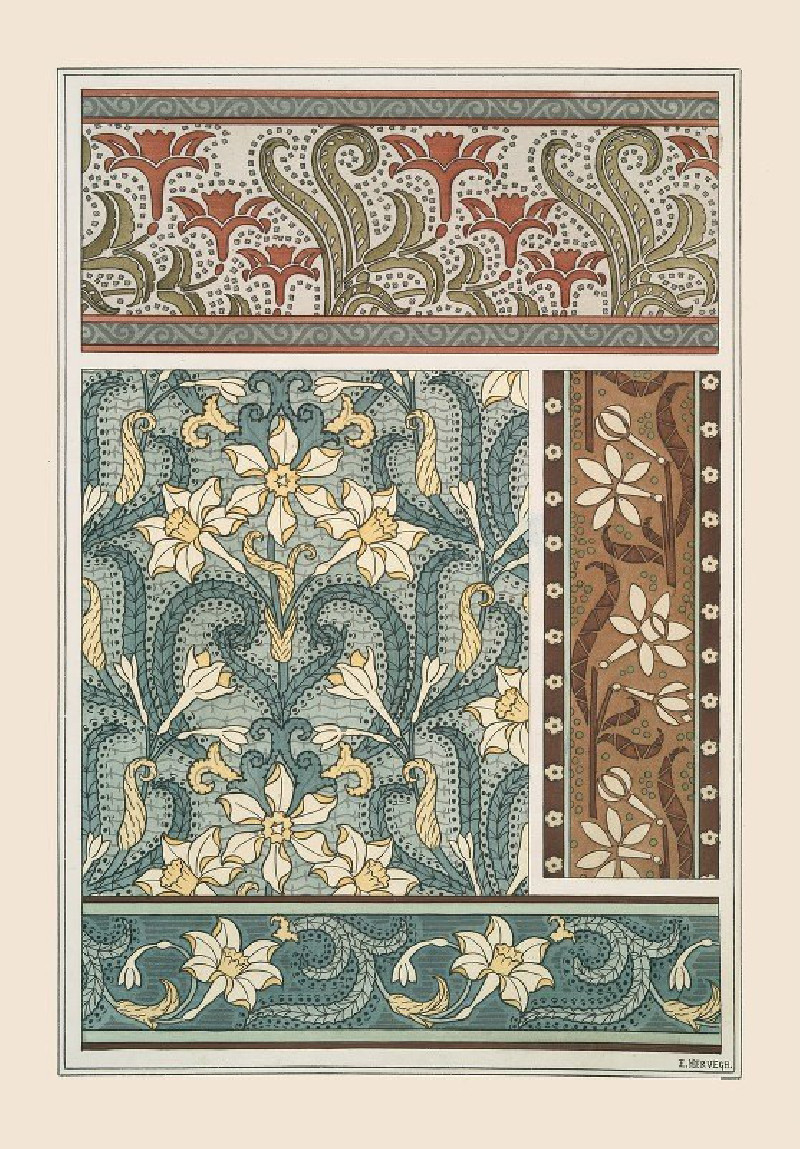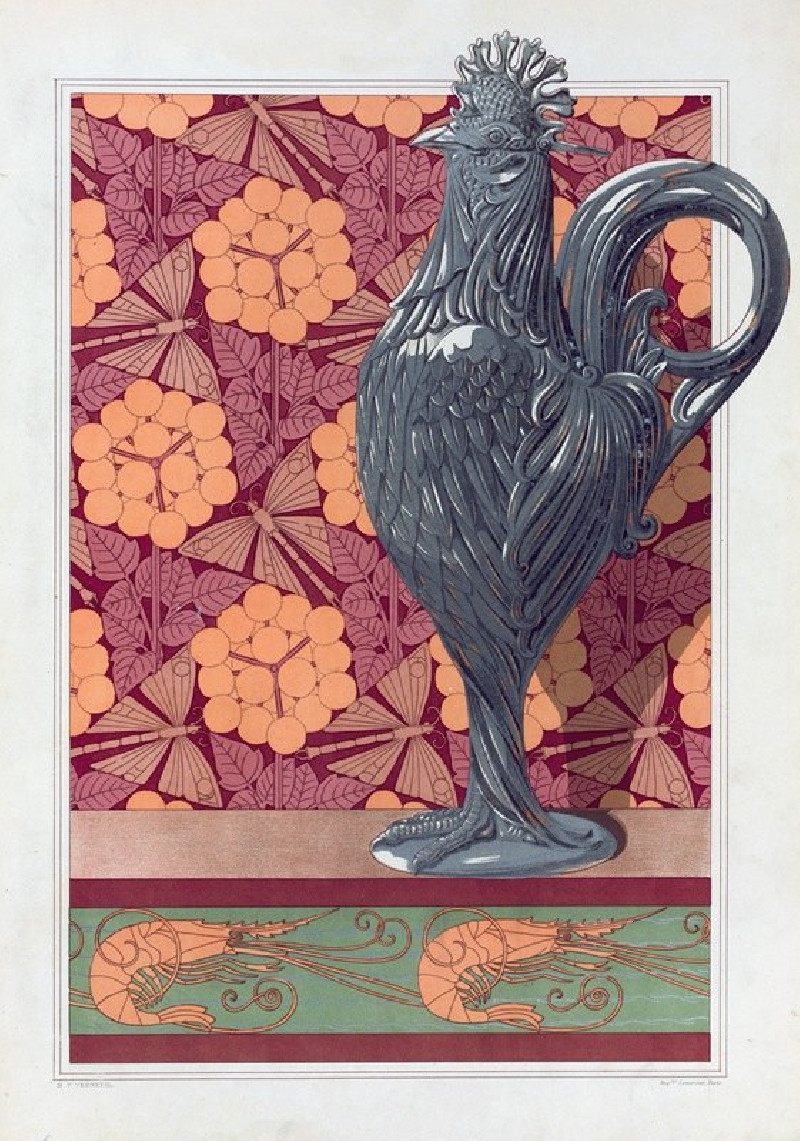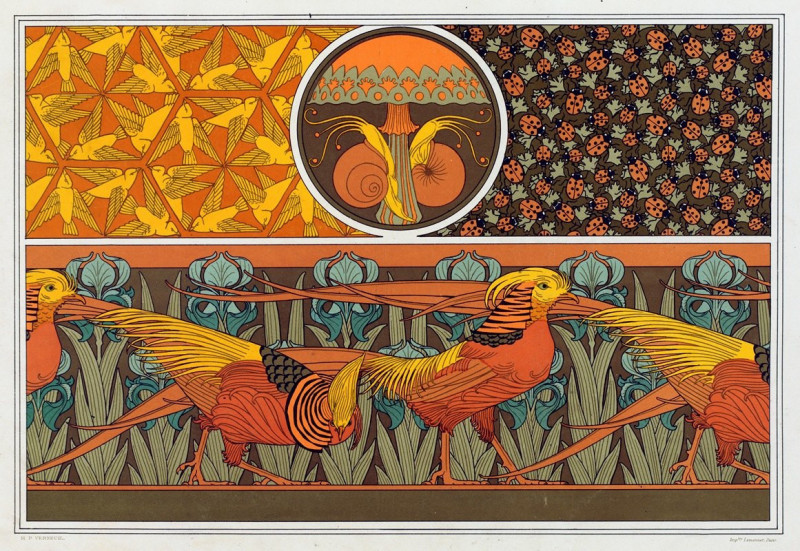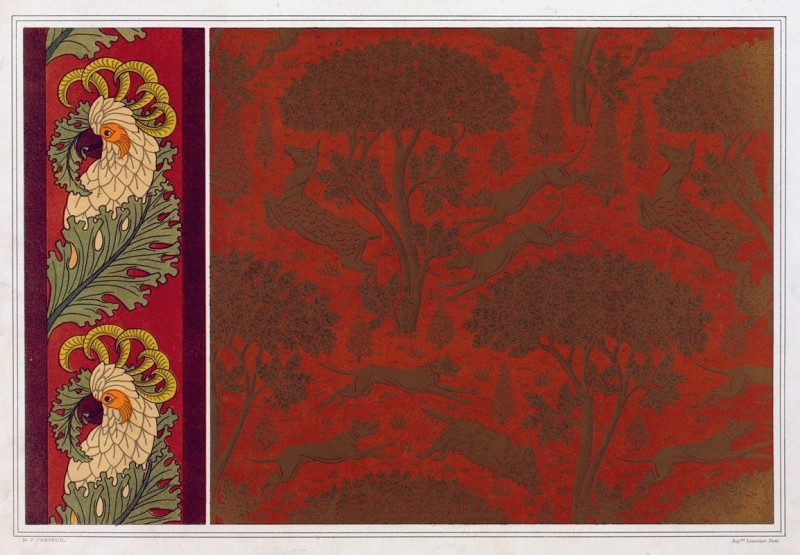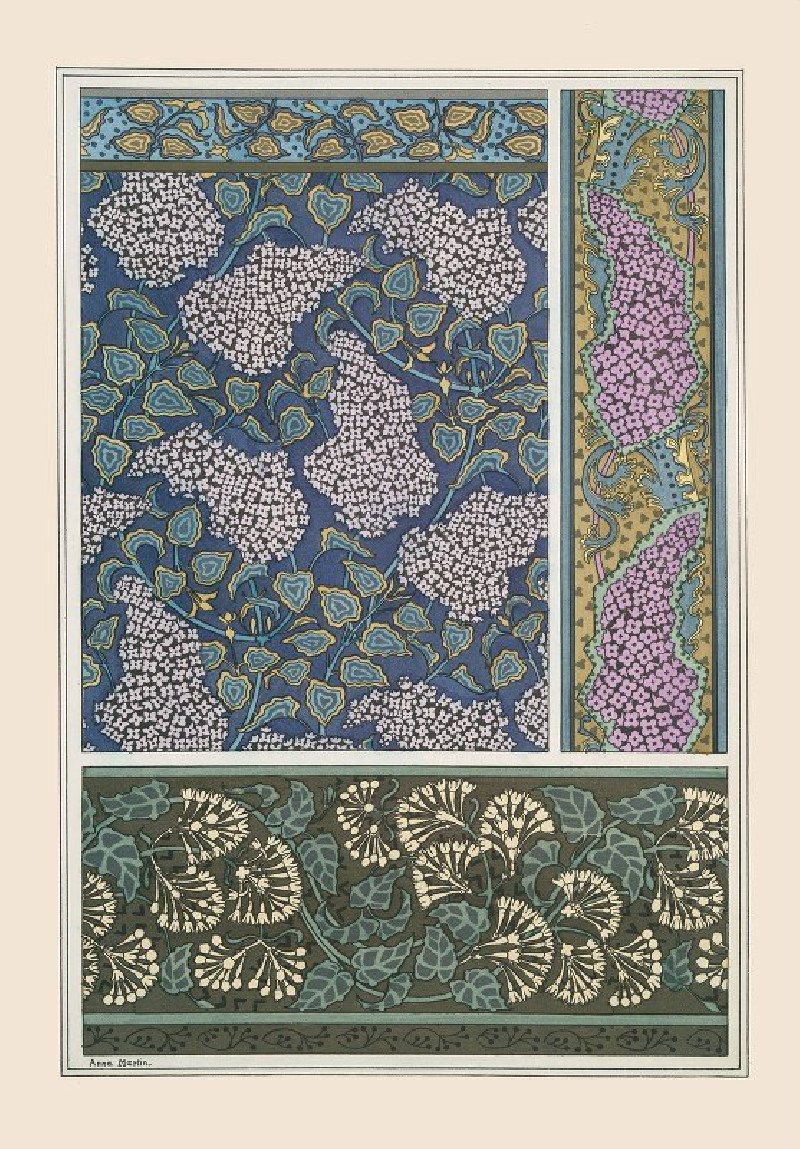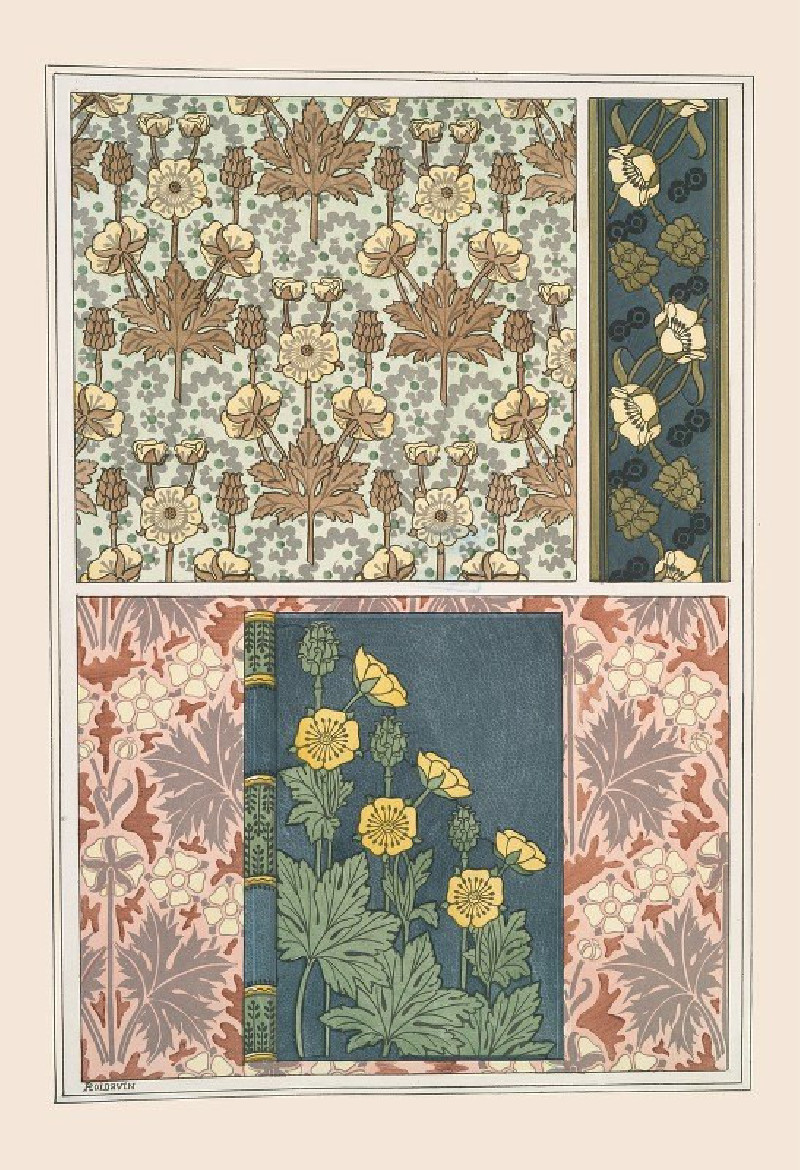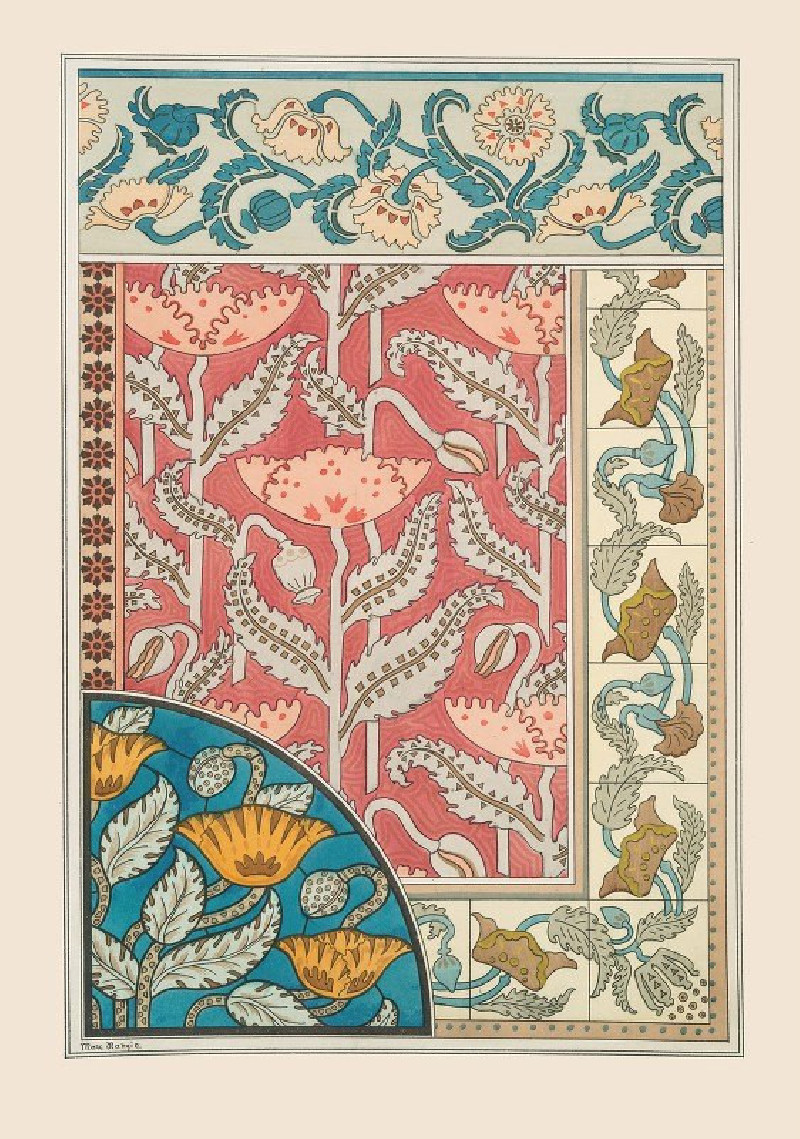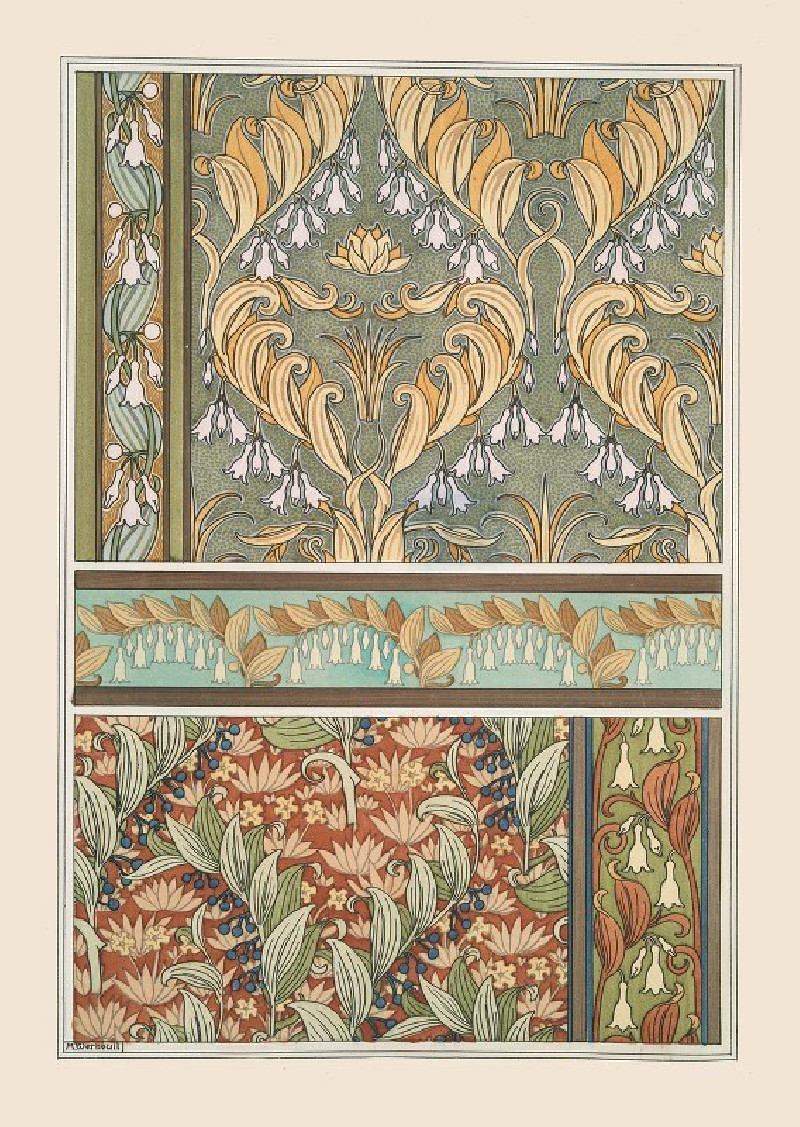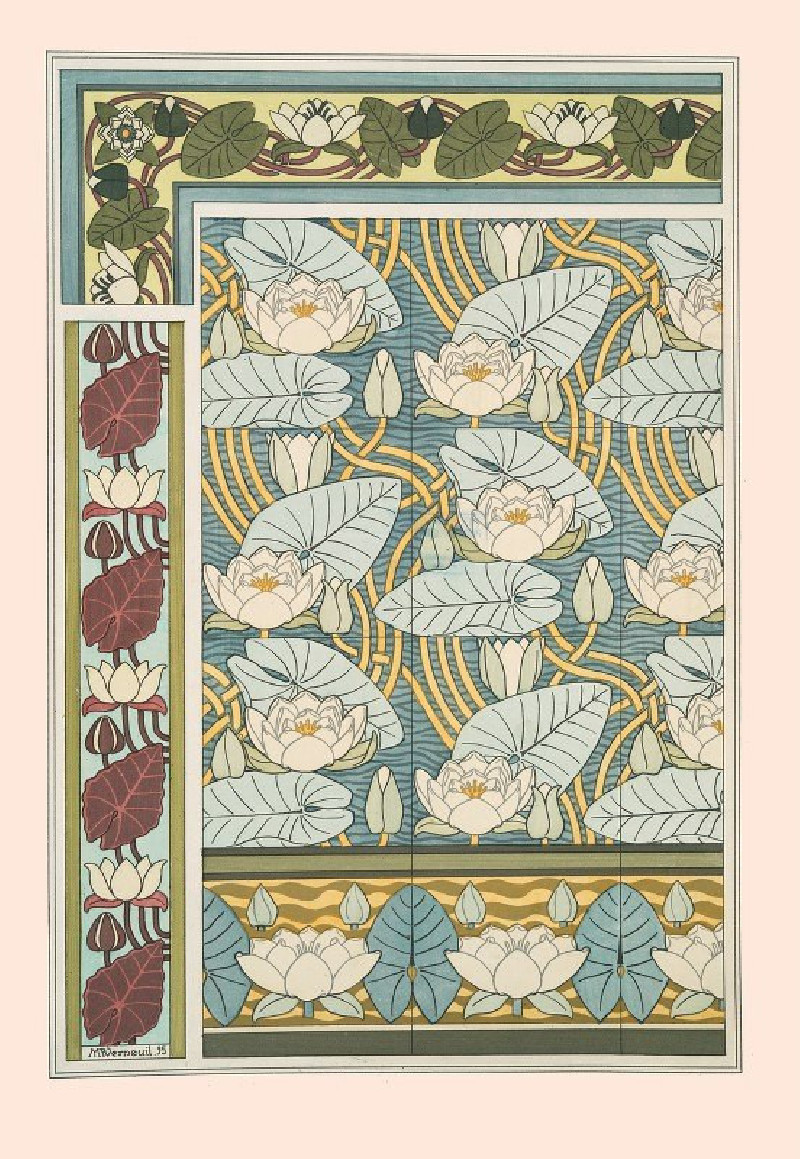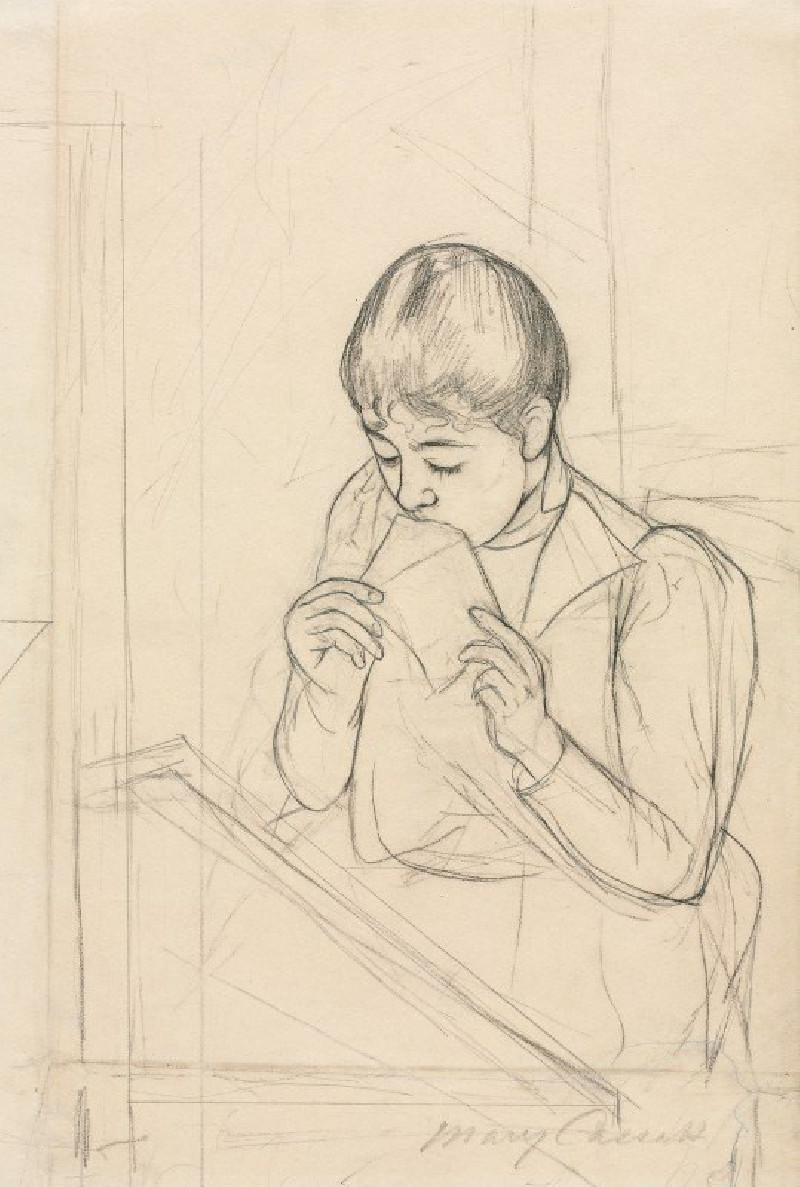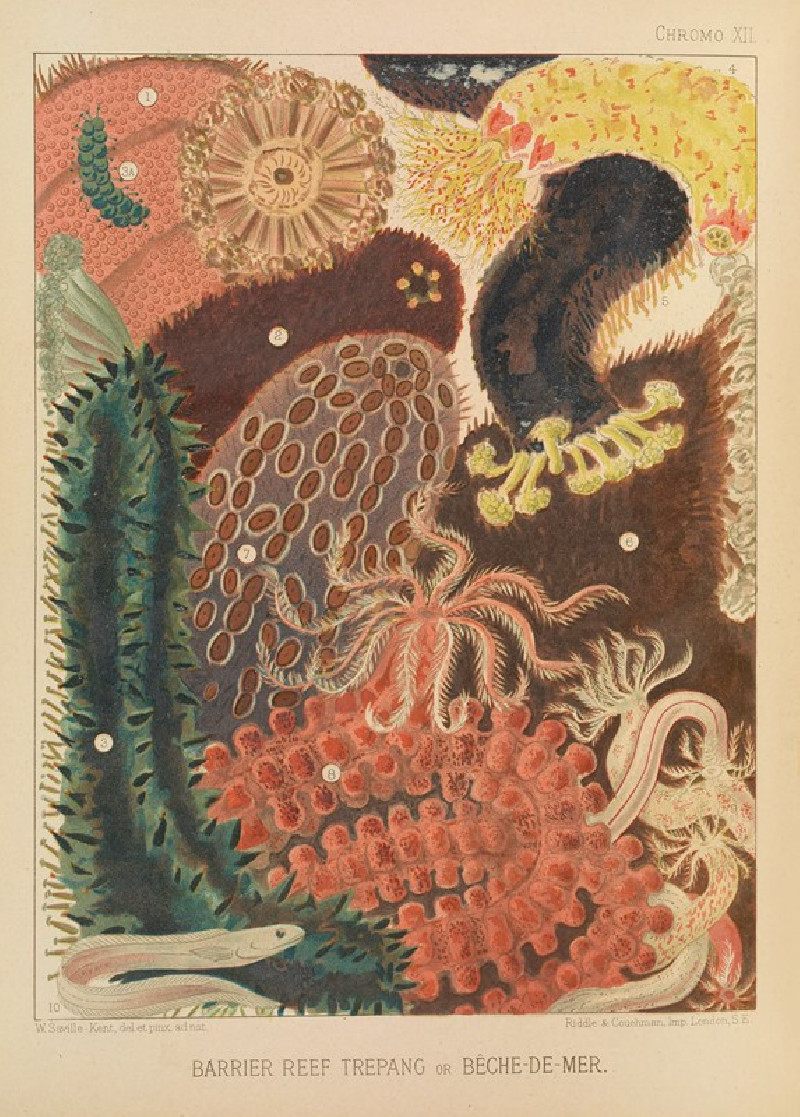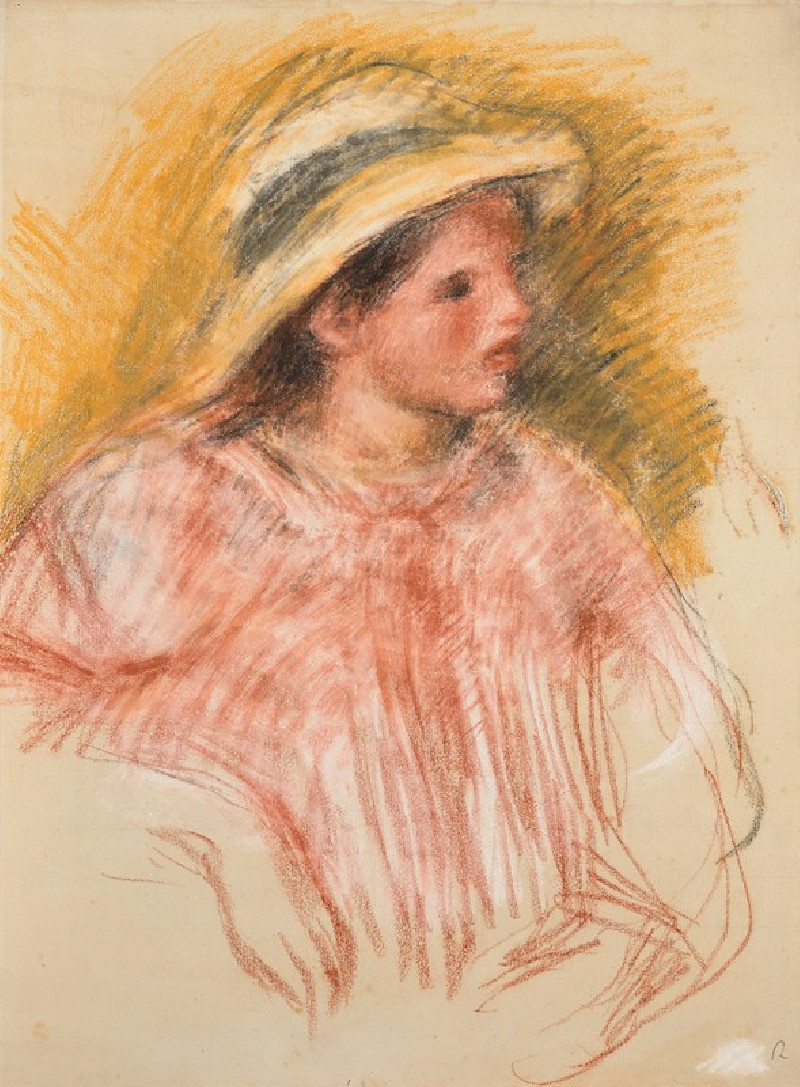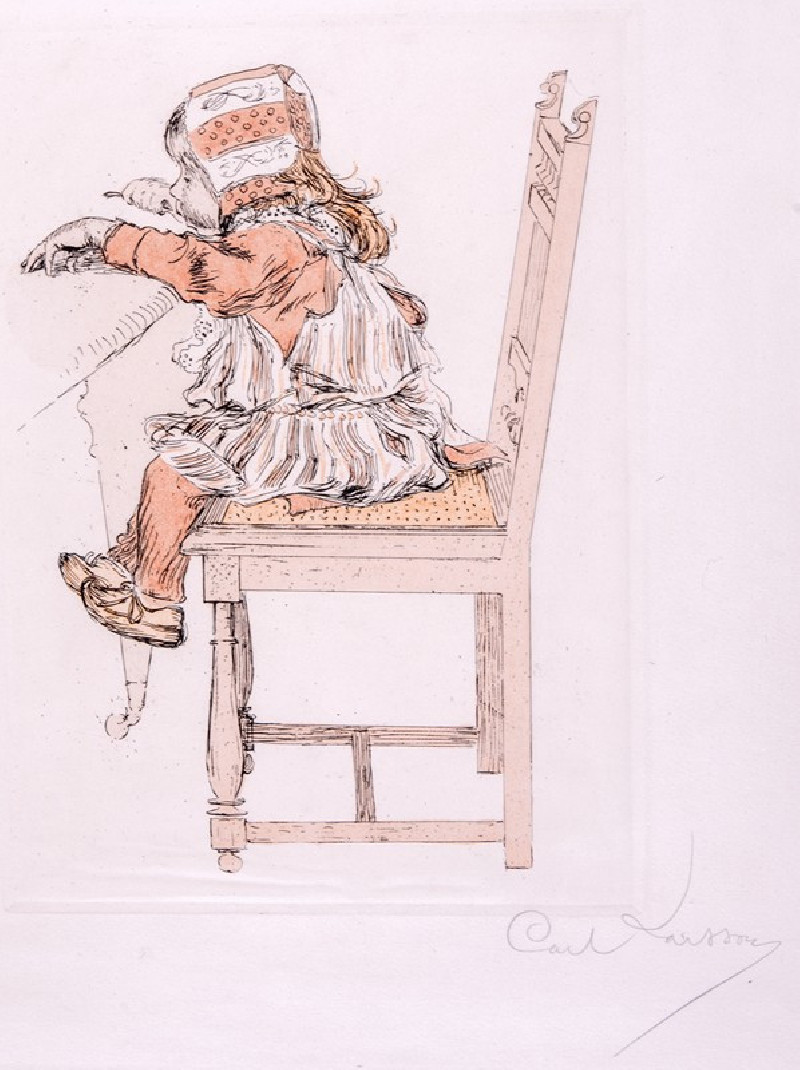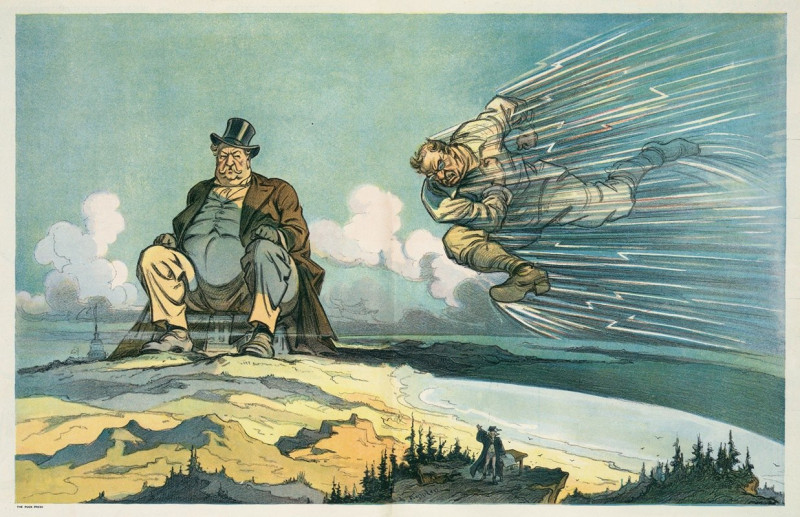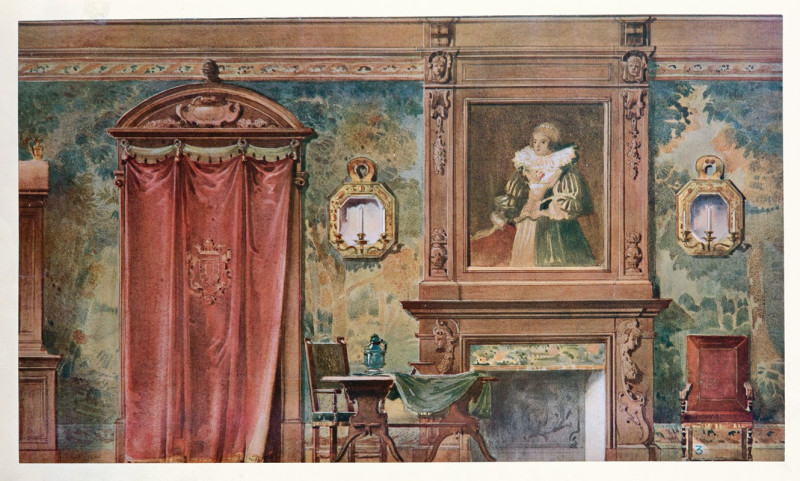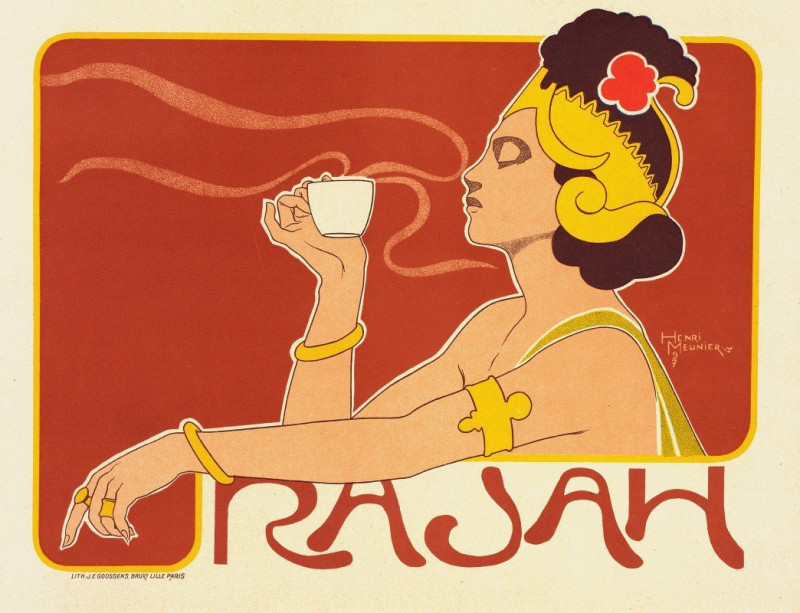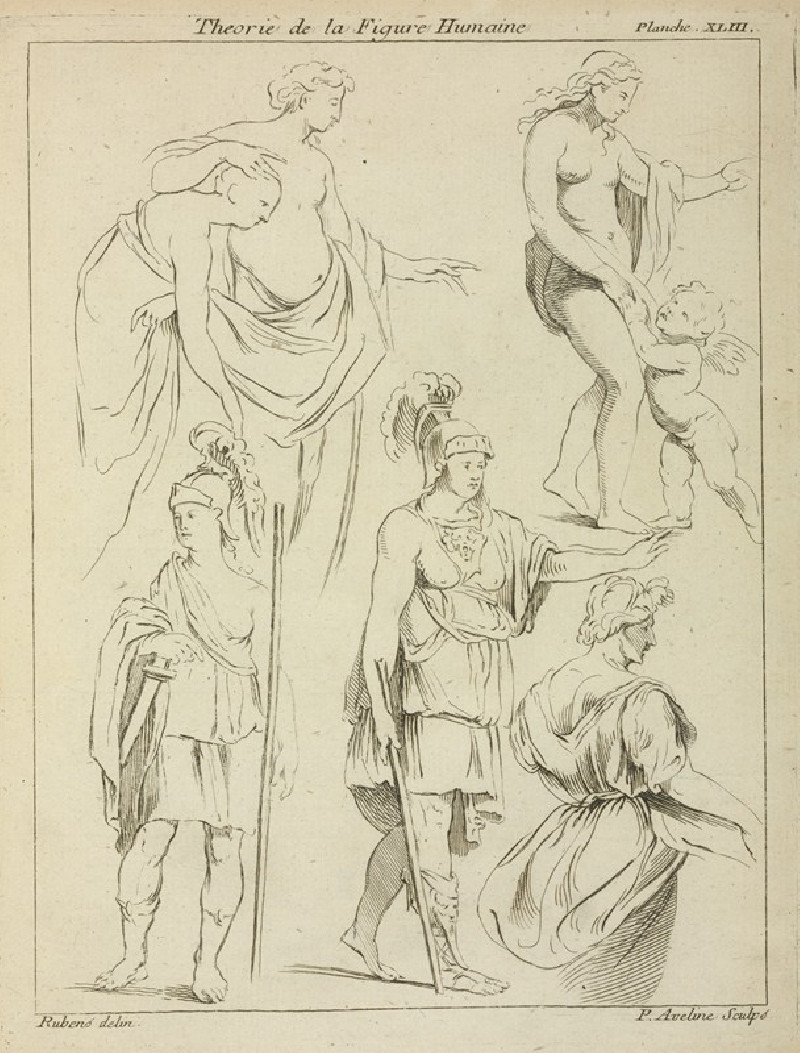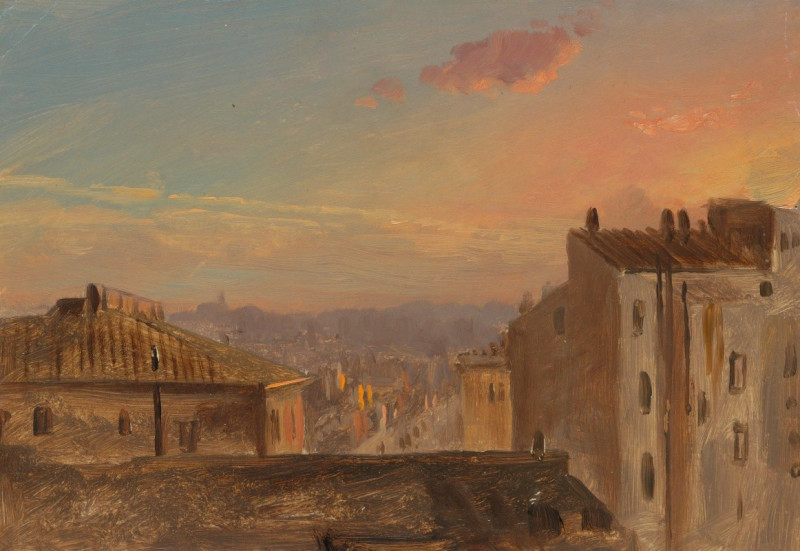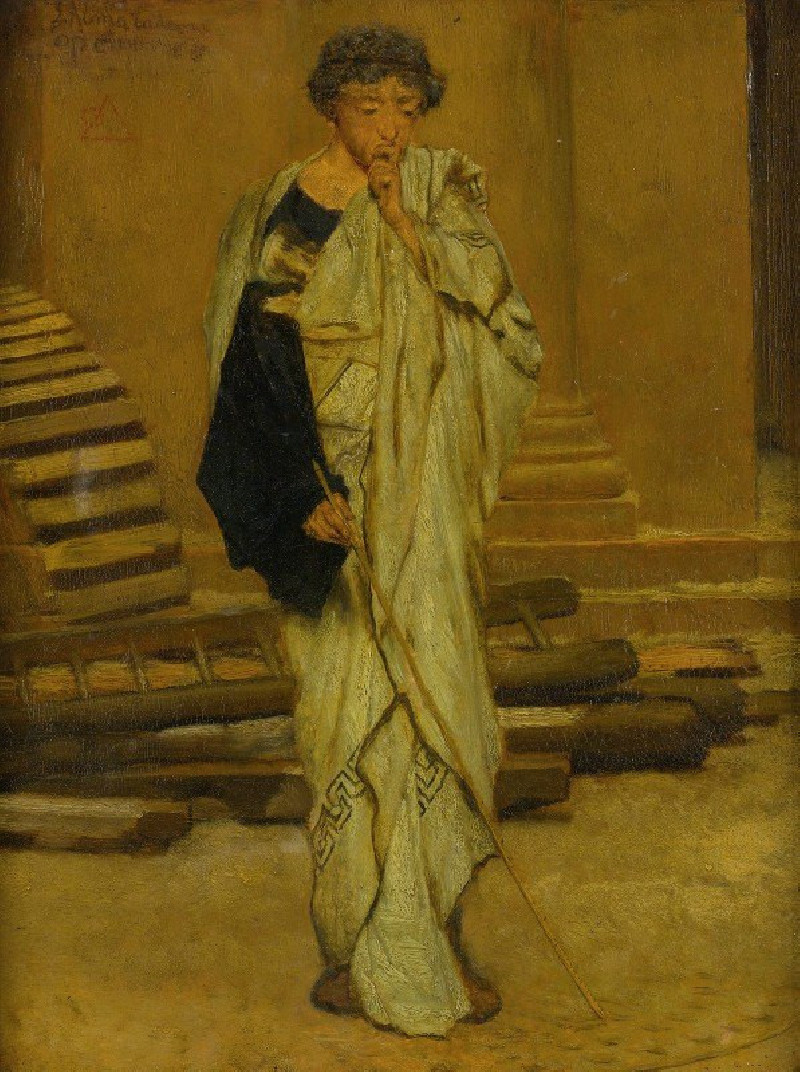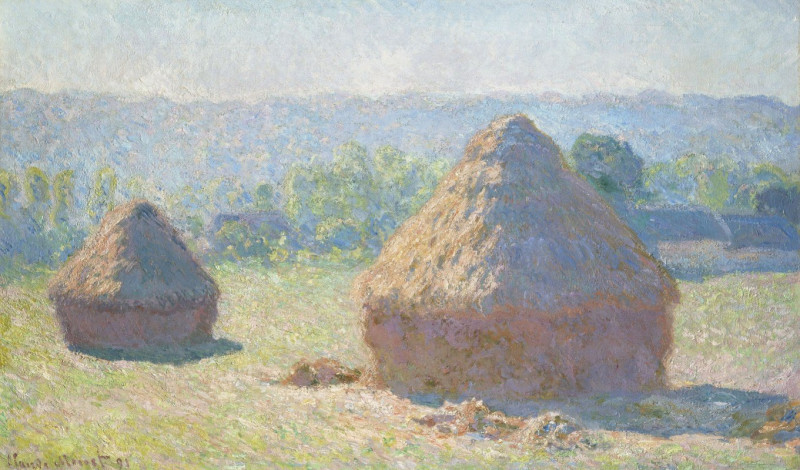Faisan et ronces, bois sculpté à jour. Papillons et libellules, marqueterie. Canards et iris, pochoir. (1897)
Technique: Giclée quality print
Recommended by our customers
More about this artwork
We are enchanted to present a stunning work by Maurice Pillard Verneuil titled "Faisan et ronces, bois sculpté à jour. Papillons et libellules, marqueterie. Canards et iris, pochoir." Created in 1897, this visually enthralling piece is a testament to Verneuil's expertise in Art Nouveau and decorative arts.The artwork is thoughtfully composed of three panels, each depicting nature's tranquility and richness. The topmost panel features a handsome pheasant nestled among brambles, intricately carved to highlight the depth and textures of the foliage. Verneuil's artistry transforms wood into a vivid scene teeming with life, where every leaf and berry is etched with exceptional detail.Moving to the central panel, serenity pervades with graceful ducks gliding among stylized irises. The use of pochoir, a stenciling method, adds crisp, clean lines and forms which contrast with the organic flow of the plants and water, emphasizing the placidity of the ducks' habitat.In the lower panel, the piece bursts with the dynamism of butterflies and dragonflies in flight, interleaved with botanical motifs. This marquetry work showcases Verneuil’s skill in creating a vibrant tableau using varied wood grains and colors, bringing out the delicate wings and slender bodies of the insects with extraordinary realism.Visualizing nature through woodcarving, stenciling, and marquetry, Maurice Pillard Verneuil's work is not merely an artistic creation; it is a celebration of nature’s enchanting beauty, demonstrating the unlimited potentials of these mediums.
Delivery
Returns
Maurice Pillard Verneuil was a French artist and decorator in the Art nouveau movement. He was born in Saint-Quentin, France. Maurice Pillard Verneuil learned his trade from the Swiss designer Eugène Grasset. Maurice Pillard Verneuil then went on to become a well-known artist and designer. He was inspired by Japanese art and nature, particularly the sea. He is known for his contribution to the art deco movement and, in particular, his use of bold, floral designs in ceramic tiles, wallpapers and other furnishing textiles.

